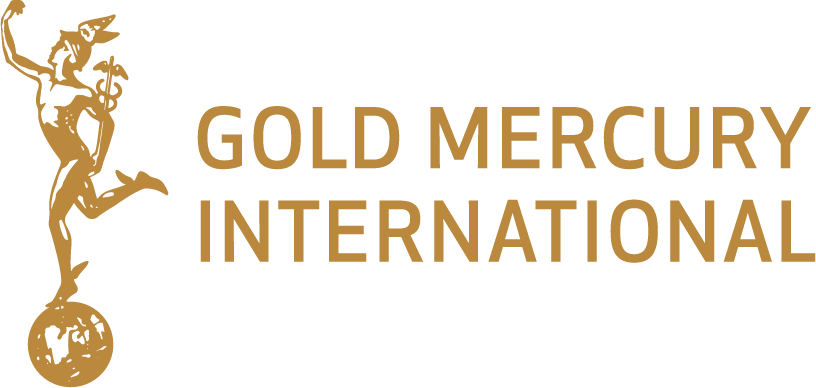Restoring Arctic sea ice with geoengineering to counter global warming.
Key Updates
Stopping the increasing melting of the ice caps is one of the colossal challenges of humankind to save the planet.
Artic ice serves as the world’s refrigerator by reflecting the sun’s heat back into space through its white ice sheets.
The Arctic's sea ice is shrinking due to global warming and climate change. Less ice means less reflected heat, meaning more intense heatwaves worldwide.
A group of scientists proposed a simple solution to halting the rapid disappearance of Arctic sea ice, and restore the Arctic ice through pumping sea water on top of it in winter.
By GLOGO® Editorial Team.
Updated 14th January, 2025
Published | 12th January 2025
HERE’S WHAT TO KNOW
Global warming has reduced the Arctic sea ice volume already by 75% over the last 40 years, and even in the most optimistic carbon emissions reduction scenarios, the Arctic sea is expected to experience ice-free summers as early as the thirties.
This will further accelerate the climate crisis and start a series of devastating feedbacks, since the Arctic sea ice functions as the earth’s refrigerator by reflecting the sun’s heat back into space.
A team of Dutch scientists and entrepreneurs aims to restore the Arctic ice as heat shield by thickening the ice in winter through pumping sea water on top of it in strategically chosen locations across the Arctic Sea.
BASIS FOR ISSUING THE GLOBAL GOVERNANCE ALERT
Arctic Reflections: The Dutch Company Aiming to Halt Arctic Ice Melting
The Arctic region, often referred to as the Earth's air conditioner, plays a critical role in regulating global climate. However, it has been increasingly threatened by rising temperatures, leading to significant ice melt. Amidst this pressing environmental crisis, a pioneering Dutch company named Arctic Reflections has emerged with an innovative solution aimed at halting the melting of Arctic ice.
The Urgent Need for Intervention
The Arctic is warming at an alarming rate, nearly twice as fast as the rest of the world. This rapid warming results in the loss of vast amounts of sea ice, which not only disrupts local ecosystems but also accelerates global warming through a feedback loop known as the albedo effect. The albedo effect refers to the reflectivity of the Earth's surface; ice and snow have high albedo, reflecting most solar radiation back into space. As ice melts, it exposes darker ocean or land surfaces, which absorb more heat, further accelerating warming and ice loss.
Arctic Reflections' Innovative Approach
Arctic Reflections aims to break this cycle through a novel geoengineering technique. The company's core strategy involves enhancing the albedo effect in the Arctic region to reflect more sunlight and reduce heat absorption. This is achieved by deploying environmentally friendly reflective materials across targeted ice and snow surfaces.
The Science Behind the Solution
Though the scale of this project will be gigantic, it all starts very small. Arctic Reflections used a university cold room to mimic the Arctic temperatures in a series of coolers with a combination of fresh water and the right amount of sea salt. This ‘ice lab’ enables them to test their hypotheses about ice growth using different methods and under different circumstances. Hypotheses validated in the lab will consequently be tested in real Arctic environments in their upcoming field tests. They will then use the outcomes for their first demonstration installation in the Arctic. This will be a continuous iterative process leading eventually to an effective process for Arctic ice thickening to help the Arctic ice survive the summer months and use the reflective assets of the ice sheets for ‘Solar Radiation Management’ to keep our planet cool.
Implementation and Challenges
The implementation of this technology involves sophisticated planning and logistics. Arctic Reflections collaborates with climate scientists, environmentalists, and indigenous communities to ensure the deployment is both effective and culturally sensitive. The company conducts extensive field tests and environmental impact assessments to fine-tune its methods and ensure minimal ecological disruption.
One of the primary challenges is the scalability of the solution. Covering vast areas of the Arctic with reflective materials is a monumental task that requires significant resources and coordination. Moreover, the solution must withstand the harsh Arctic conditions, including extreme cold, strong winds, and ice movement.
Environmental and Ethical Considerations
While Arctic Reflections' technology holds great promise, it also raises important environmental and ethical questions. Geoengineering, by its nature, involves deliberate intervention in natural systems, which can have unforeseen consequences. Arctic Reflections is committed to transparency and rigorous scientific evaluation to address these concerns. The company works closely with independent researchers to monitor the effects of their interventions and adapt their strategies as needed.
Furthermore, Arctic Reflections emphasizes the importance of combining their technology with broader climate action. Reducing greenhouse gas emissions remains the most crucial step in combating global warming. The company's solution is seen as a complementary measure, designed to buy time for more sustainable, long-term solutions to take effect.
A megavision for the Future
Arctic Reflections represents a beacon of hope in the fight against climate change. By leveraging innovative technology to protect one of the Earth's most vulnerable regions, the company is setting a precedent for responsible and effective climate intervention. Their work underscores the importance of bold, science-based solutions in addressing the complex challenges of global warming.
As Arctic Reflections continues to refine and expand its operations, it is poised to make a significant impact on the preservation of Arctic ice. Their efforts exemplify the critical role that innovation and collaboration play in safeguarding our planet's future. In the broader context, the success of Arctic Reflections could inspire similar initiatives worldwide, fostering a global movement towards climate resilience and sustainability.
RELATED STATUS ALERT VIDEO | WSJ THE FUTURE OF EVERYTHING
GEOLOCATION
Map of artic ice region.
GEOENGINEERING PRECEDENTS
Protecting Artic Ecosystems.
The Arctic's ecosystems are threatened by climate change, infrastructure development, and resource extraction.





